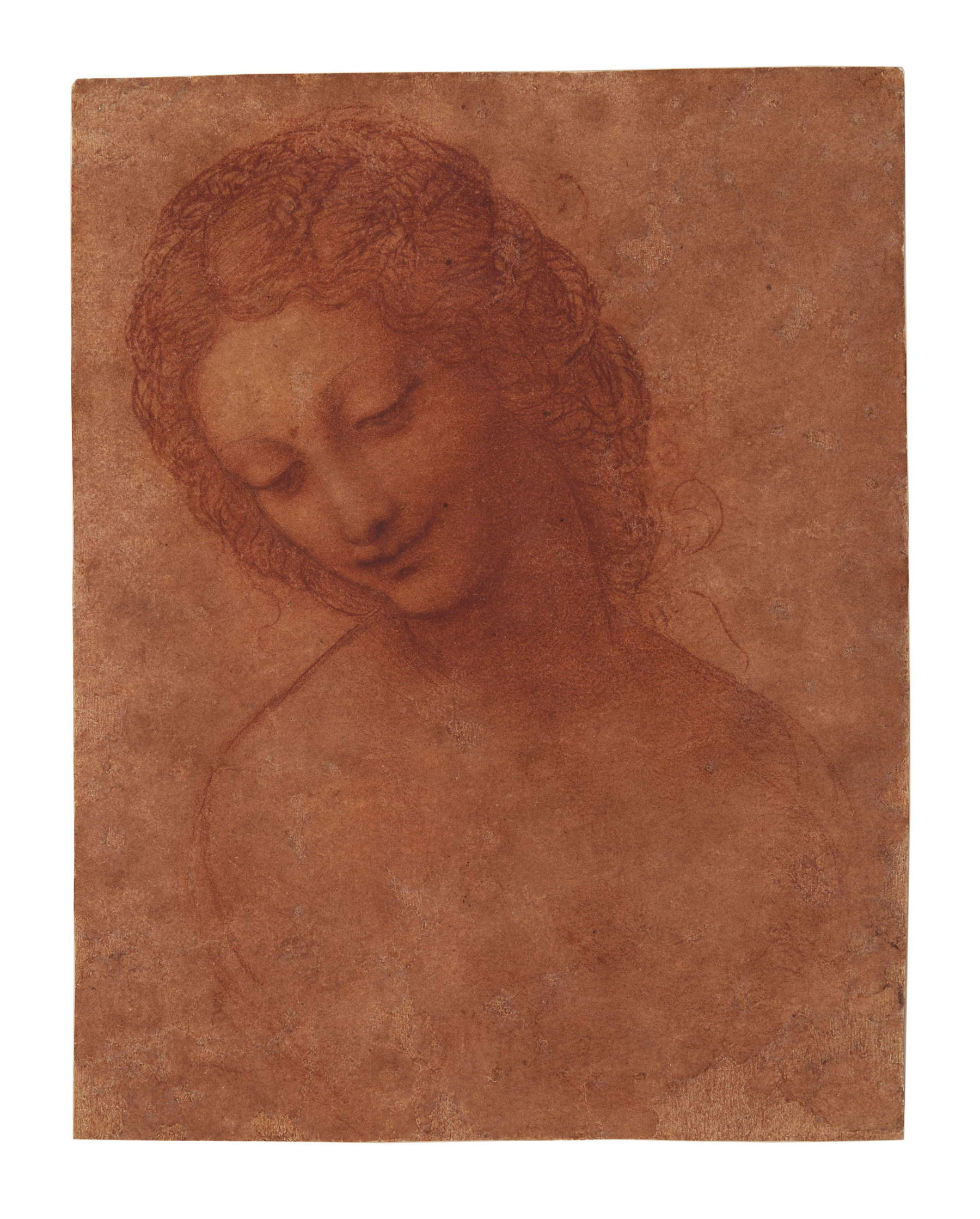From tomorrow, Wednesday, May 8 until August 8, 2024, the exhibition "... per gitar diverse linee. Red Stone Drawings from Leonardo to the Academies, " a new event promoted by the Municipality of Milan-Cultura and Castello Sforzesco linked to the enhancement of the city’s artistic heritage that will allow the public to admire the "Head of Leda," a drawing attributed to Leonardo da Vinci and kept at the Cabinet of Drawings. The exhibition, curated by Michael W. Kwakkelstein and Luca Fiorentino, is a selection of sheets executed in sanguine between the late 15th century and the first decade of the19th century by different artists. Sanguine is a natural stone quarried in different places in Europe and used in different fields, and in the mid-15th century it became a widely used artistic tool. Important artists, in fact, chose this medium for studying their sketches on paper. In fact, the medium of sanguine boasts varied possibilities of technical use: contour line and chiaroscuro treatment in cross-hatching, shading, the famous “red on red” of Leonardo’s invention, that is, drawing in red on a red-colored support by interweaving graphic media at will. The choice was therefore made to investigate among the Castello’s collections within a broad chronological span of roughly four centuries: Lombard artists have received the widest attention, as the civic collections can boast names such as Leonardo da Vinci, Francesco Melzi, Ambrogio Figino and also the proto-Baroque Cerano, Procaccini and Morazzone, and finally the classicists of the Academy such as Giuseppe Bossi and Luigi Sabatelli. The exhibition itinerary in the Castle’s two Graphic Rooms features the following sections: Leonardo and his school, the important restoration of an academic Nude attributed to Andrea Sacchi, techniques, and different types of drawing with sheets from the Lombard, Roman, Neapolitan and Venetian schools.
In the catalog accompanying the exhibition, some attributional proposals were also made, with the intention of initiating a scientific dialogue aimed at enriching public collections. Jacopo Ranzani, of the Institut National d’Histoire de l’Art in Paris, delved into the use of red stone in art workshops. Francesco Lofano, of the University of Bari, studied Neapolitan painters and their particular use of sanguine in the 17th century. Luca Fiorentino, a researcher at NIKI in Florence, delved into the graphic techniques used in the first half of the 17th century in Milan. Alessia Alberti, on the other hand, offers an account of the multiple collections from which the drawings on display came. The exhibition’s graphic design was created by students of the Civica Scuola d’Arte & Messaggio.
The Civico Gabinetto dei Disegni (Civic Cabinet of Drawings) was founded in the 1920s to provide an appropriate collocation for works of art on paper, which had begun to flow into the city’s collections since the mid-19th century on the initiative of artists and members of the Milanese aristocracy. Over time, the holdings have been enriched and now number some 35,000 drawings by Italian and foreign masters from the 15th century to the present day, with a particular wealth of Lombard examples.
Inaugurated in 2020 with an exhibition-tribute to Raphael through the work and collection of Giuseppe Bossi, the Salette della Grafica were created with the intention of making accessible, on a rotating basis, the Castello Sforzesco’s graphic heritage, a precious archive of prints and drawings that, for conservation reasons, is normally kept in rooms with controlled temperature and humidity conditions and is not included in the castle’s museum itinerary.

 |
| Castello Sforzesco, an exhibition tells the story of sanguine from the 15th to the 19th century |
Warning: the translation into English of the original Italian article was created using automatic tools. We undertake to review all articles, but we do not guarantee the total absence of inaccuracies in the translation due to the program. You can find the original by clicking on the ITA button. If you find any mistake,please contact us.